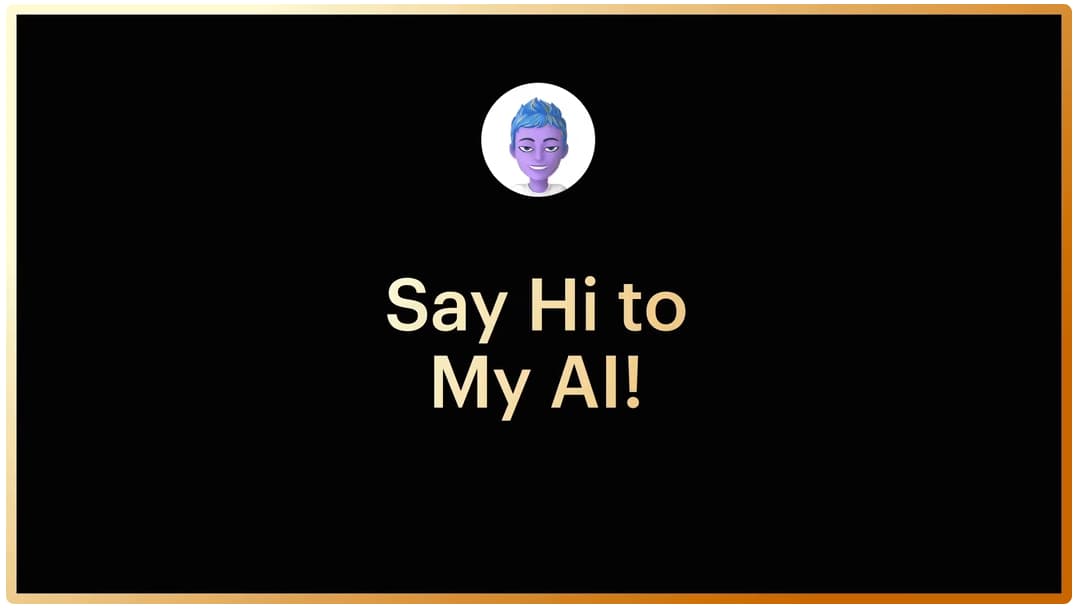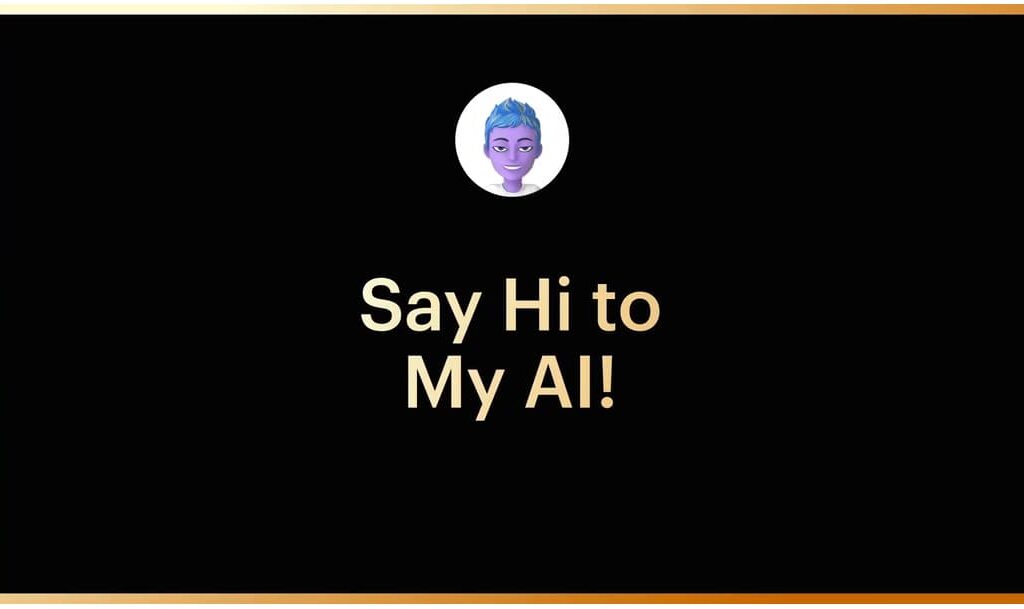Generative and conversational AI seem to be taking over the world. The former is all about generating images and text with keyword inputs… with results that are sometimes impressive, sometimes funny, and sometimes creepy. And the latter is all about AI-generated dialogues… with similar results.
Sticking with conversational AI, much of it is based on Open AI’s Chat GPT technology. And we’ve seen companies build their own user-facing chatbots based on this technology. That includes Yext’s recent Yext Chat launch, which lets its brand customers build and integrate their own customized chatbots.
Now, top social media giants are beginning to add GPT-powered functionality to their messaging products. This was only a matter of time, given that one of the core pillars of social media product models is messaging. For products like Snapchat, “chat” is built right into the name.
Speaking of Snapchat, it’s one of the players that has jumped on the GPT wagon this week, along with Meta. Both companies announced AI-fueled chat features. For Meta, that takes place within WhatsApp and Messenger. For Snap, it involves a new chatbot altogether. Let’s take those one at a time…
Natural Test Beds
Starting with Meta, Mark Zuckerberg announced that it’s in the process of building “a new top-level product group” to integrate generative AI into its products. At first, this group will focus on creative tools, which brings it more into the realm of generative AI artwork. But the long-term goal is for utility.
Specifically, Zuckerberg says Meta wants to create “AI personas that can help people in a variety of ways.” That’s code for “chatbot.” And meta will start with text-based AI functionality in WhatsApp and Messenger, as noted. These are natural test beds for AI, given their large-scale global usage.
In fact, “test bed” is probably the right term. Fully aware of the rampant Shaudenfraude that hangs over its head, Meta was careful to preempt these products with a fair warning for their potential early failures while testing. There’s been ample AI backlash over misinformation and unintended consequences.
That aside, how will Meta monetize AI integrations? Like Yext (and like we’ve speculated for OpenAI itself), it will likely be a B2B2C play. In other words, enterprises can pay on a SaaS or API basis to integrate custom chatbots on their digital properties to streamline customer interaction and support.
TWIL Ep. 10 Offers a Look at Yext’s AI Moves and a Tech Layoffs Reality Check
Prompted Personas
On to Snap’s new chatbot, it announced this week that it’s launching what it calls “My AI.” This will run the latest version of OpenAI’s GPT technology (GPT-3). But unlike Meta’s play above, it’s already available… kind of. Snapchat+ users have early access, a key feature of Snap’s $3.99 subscription.
For those users – and eventually all users, depending on results – My AI will sit atop Snapchat’s Chat tab. There it can perform a series of open-ended tasks that have become endemic to Chat GPT. A few examples Snap gives include answering trivia questions or writing Haiku (again… expect creepy results).
As for the “voice” of the My AI, it has been trained to have a personality that exudes positive qualities like “friendship, learning, and fun.” As background, one of the things that’s been blowing everyone’s minds about ChatGPT isn’t just semi-accurate text generation, but the ability to do so in prompted personas.
“My AI can recommend birthday gift ideas for your BFF, plan a hiking trip for a long weekend, suggest a recipe for dinner, or even write a haiku about cheese for your cheddar-obsessed pal,” the company wrote in a blog post. “Make My AI your own by giving it a name and customizing the wallpaper for your Chat.”
Move Fast but Don’t Break Anything
So there you have it… the latest batch of custom chatbots built on Chat GPT. We will see many more. Meanwhile, the common threads from these two players are customization and experimentation. These will be themes we see in nearly every custom chatbot as integrations and use cases evolve.
Notably, third-party customizations will get easier with new APIs from OpenAI, which is one of the ways we believe it will make money. We’ll circle back with more on that angle, including friction that will be lowered for custom chatbots with an API in the mix… and the various ways OpenAI could monetize.




